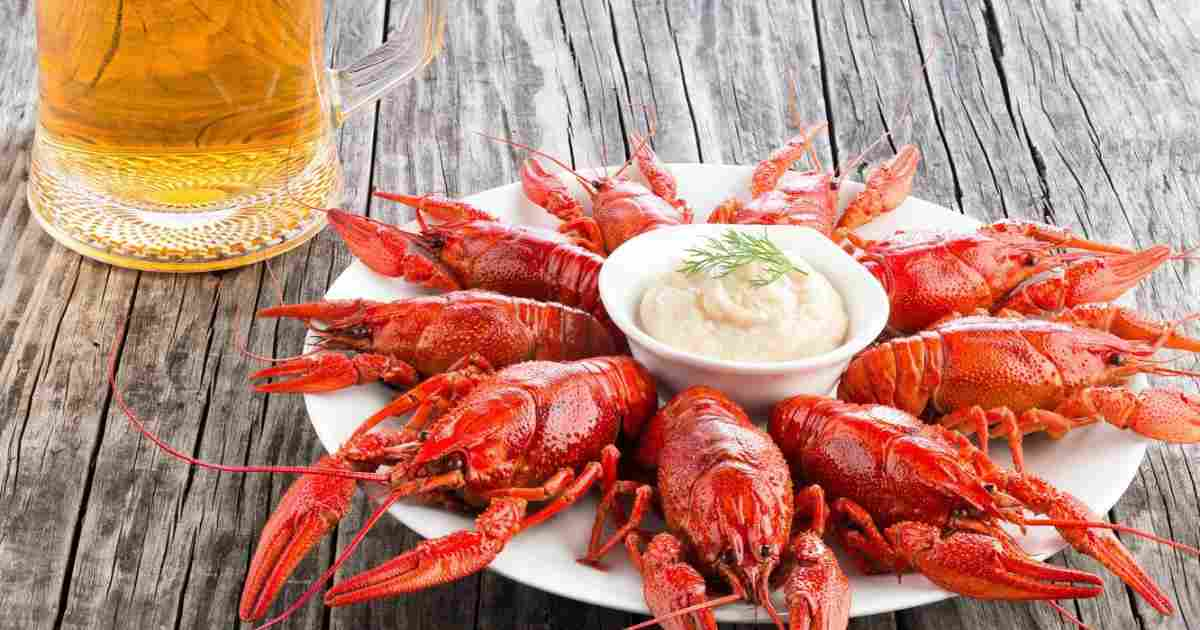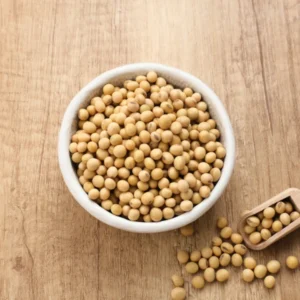Answers: To prepare crawfish halal, they are caught and slaughtered in a way that causes no harm. Their shells are then thoroughly cleaned with high pressure water to remove any impurities. Only then are they deemed permissible to eat according to Islamic dietary guidelines.
Halal preparation of crawfish involves meticulous adherence to Islamic dietary laws. This process ensures that How Is Crawfish Prepared to Be Halal?, is cleaned, and cooked in a manner compliant with Islamic principles. Key considerations include humane slaughtering practices and the exclusion of any prohibited ingredients. By following these guidelines, halal crawfish becomes an option for individuals seeking to align their culinary choices with their religious beliefs.
Embarking on the journey of preparing halal crawfish opens the door to a captivating intersection of culinary worlds. This unique blend harmonizes Islamic dietary traditions with Cajun cuisine’s bold and spicy flavors. It’s not merely a culinary practice; it’s a cultural fusion, where the aromatic spices of the bayou dance alongside the principles of halal preparation.
Beyond being a dietary choice, the preparation of halal crawfish represents a fascinating exploration of cultural adaptability. The journey begins with the careful selection of halal ingredients and extends to the nuanced techniques employed during cooking. This culinary endeavor weaves together a tapestry of diverse influences, illustrating the richness that emerges when different traditions come together in the kitchen.
Understanding Halal
Halal, an Arabic term meaning permissible or lawful, applies not only to food but also to various aspects of life in Islamic tradition. When it comes to food, halal guidelines dictate what is allowed and what is forbidden. In the context of Crawfish Prepared to Be Halal, halal practices involve adhering to specific rules and procedures to ensure the final dish is permissible for consumption by Muslims.
Sourcing Halal Crawfish

The first step in conducting a comprehensive investigation, like Does Takis Have Pork? is ensuring that the crustaceans themselves are sourced in a halal manner. This involves considering the source of the crawfish, how they are caught, and whether any contaminants are present.
Selecting Halal-Certified Crawfish
Halal-certified crawfish are those that have been raised and processed by Islamic dietary laws. Seek out suppliers or markets that provide documentation verifying the halal status of their crawfish. This certification ensures that the entire supply chain, from harvesting to packaging, aligns with halal standards.
Avoiding Cross-Contamination
Cross-contamination is a potential concern when dealing with non-halal items. It’s crucial to separate crawfish from any utensils, surfaces, or equipment that may have come into contact with non-halal substances. This helps maintain the integrity of the halal status throughout the preparation process.
Crawfish Processing and Cleaning

Once halal-certified Crawfish Prepared to Be Halal is secured, the next step involves thorough cleaning and processing to remove impurities.
Purifying the Crawfish
In Islamic dietary laws, purification is vital. Crawfish should be purged of any non-halal elements by soaking them in clean water. This process not only cleanses the crustaceans but also ensures the removal of any residual substances that may compromise their halal status.
Avoiding Forbidden Additives
Halal guidelines also extend to the substances used during processing. Avoiding additives and preservatives that are not halal is essential. Check labels and ingredient lists meticulously to ensure that any substances added to the crawfish meet halal criteria.
Halal Seasoning and Cooking
Seasoning plays a pivotal role in the flavor profile of crawfish, and ensuring that these seasonings adhere to halal standards is imperative.
Choosing Halal Seasonings
Many traditional crawfish recipes involve a myriad of spices and seasonings. When preparing halal crawfish, opt for seasonings that do not contain alcohol or any non-halal flavor enhancers. This ensures that the final dish is not only delicious but also in line with Islamic dietary laws.
Separate Cooking Spaces
To prevent cross-contamination during the cooking process, it is advisable to use separate cooking spaces for halal and non-halal dishes. This ensures that the halal crawfish remains untainted by any forbidden substances.
Serving Halal Crawfish

The final step in the process is serving the halal crawfish in a manner that upholds its halal status.
Using Dedicated Serving Utensils
When presenting halal crawfish, use dedicated serving utensils that have not been in contact with non-halal items. This precaution is essential in maintaining the integrity of the dish from preparation to presentation.
Educating Consumers
Restaurants and food establishments serving halal crawfish should make an effort to educate consumers about their halal practices. Transparency regarding sourcing, processing, and cooking methods helps build trust with patrons seeking halal options.
FAQ’s
What makes crawfish halal?
- Crawfish is prepared to be halal by following Islamic dietary laws. This involves ensuring humane slaughtering practices and using ingredients that comply with Islamic principles.
Are specific steps taken to prepare halal crawfish?
- Yes, specific steps are taken, such as sourcing halal ingredients, employing humane slaughtering techniques, and avoiding any prohibited substances during the cleaning and cooking process.
Why is halal preparation important for crawfish?
- Halal preparation is important for crawfish to meet the dietary requirements of individuals who adhere to Islamic principles. It ensures that the dish aligns with religious guidelines, making it suitable for a broader range of consumers.
Conclusion
Crawfish Prepared to Be Halal involves thoughtful considerations to ensure adherence to Islamic dietary guidelines. The process begins with sourcing fresh and permissible crawfish, ensuring they meet the criteria for being Halal. To make the preparation Halal, it is crucial to follow proper slaughtering methods, which involve pronouncing the name of Allah and swiftly cutting the crawfish’s vital parts. This meticulous approach aligns with the principles of Islamic dietary laws.
Furthermore, the use of clean utensils, Halal ingredients, and avoiding cross-contamination contribute to maintaining the Halal status of the dish. By adhering to these guidelines, individuals can enjoy crawfish dishes confidently, knowing that the preparation aligns with their religious beliefs. Ultimately, the commitment to ensuring the Halal preparation of crawfish reflects the importance of mindfulness and respect for religious dietary practices in the culinary realm.










